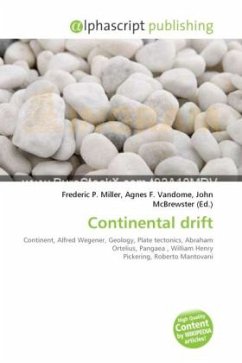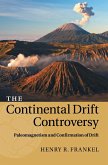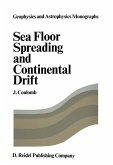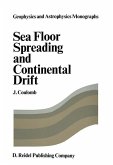High Quality Content by WIKIPEDIA articles! Continental drift is the movement of the Earth's continents relative to each other. The hypothesis that continents 'drift' was first put forward by Abraham Ortelius in 1596 and was fully developed by Alfred Wegener in 1912. However, it was not until the development of the theory of plate tectonics in the 1960s, that a sufficient geological explanation of that movement was found. Abraham Ortelius (1597), Francis Bacon (1625), Benjamin Franklin, Antonio Snider-Pellegrini (1858), and others had noted earlier that the shapes of continents on opposite sides of the Atlantic Ocean (most notably, Africa and South America) seem to fit together. W. J. Kious described Ortelius' thoughts in this way. Abraham Ortelius in his work Thesaurus Geographicus ... suggested that the Americas were "torn away from Europe and Africa ... by earthquakes and floods" and went on to say: "The vestiges of the rupture reveal themselves, if someone brings forward a map of the world and considers carefully the coasts of the three.
Bitte wählen Sie Ihr Anliegen aus.
Rechnungen
Retourenschein anfordern
Bestellstatus
Storno








